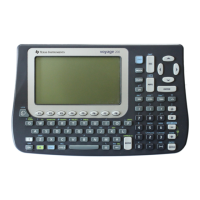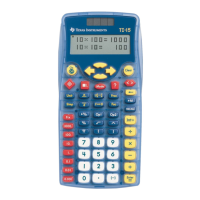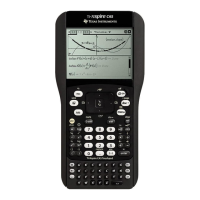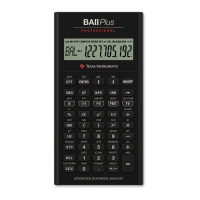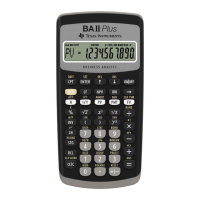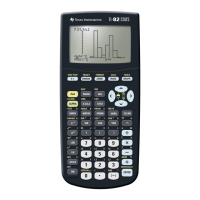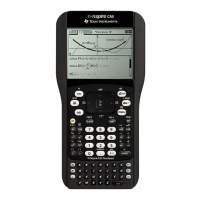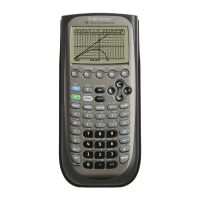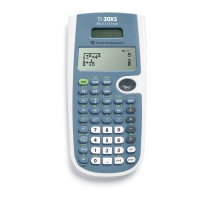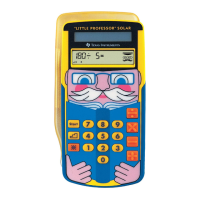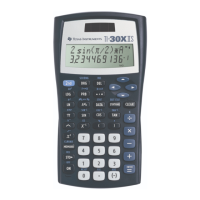Appendix A: Functions and Instructions 889
Title CATALOG
Title
titleString
, [
Lbl
]
Creates the title of a pull-down menu or dialog
box when used inside a
Toolbar or Custom
construct, or a
Dialog...EndDlog block.
Note:
Lbl
is only valid in the Toolbar construct.
When present, it allows the menu choice to
branch to a specified label inside the program.
Program segment:
©
:Dialog
:Title "This is a dialog box"
:Request "Your name",Str1
:Dropdown "Month you were born",
seq(string(i),i,1,12),Var1
:EndDlog
©
tmpCnv() CATALOG
tmpCnv(
expression1_¡tempUnit1
,
_¡tempUnit2
)
⇒
⇒⇒
⇒
expression _¡tempUnit2
Converts a temperature value specified by
expression1
from one unit to another. Valid
temperature units are:
_¡C Celsius
_¡F Fahrenheit
_¡K Kelvin
_¡R Rankine
For example, 100_¡C converts to 212_¡F:
To convert a temperature range, use
@
@@
@tmpCnv()
instead.
tmpCnv(100_¡c,_¡f) ¸ 212.ø_¡F
tmpCnv(32_
¡f,_¡c) ¸ 0.ø_¡C
tmpCnv(0_
¡c,_¡k) ¸ 273.15ø_¡K
tmpCnv(0_
¡f,_¡r) ¸ 459.67ø_¡R
Note: To select temperature units from a menu, press:
¥
À
@
@@
@tmpCnv() CATALOG
@
@@
@tmpCnv(
expression1_¡tempUnit1
,
_¡tempUnit2
)
⇒
⇒⇒
⇒
expression _¡tempUnit2
Converts a temperature range (the difference
between two temperature values) specified by
expression1
from one unit to another. Valid
temperature units are:
_¡C Celsius
_¡F Fahrenheit
_¡K Kelvin
_¡R Rankine
1_¡C and 1_¡K have the same magnitude, as do
1_¡F and 1_¡R. However, 1_¡C is 9/5 as large as
1_¡F.
To get @, you can press ¥ c ¤ [
D]
(or 2¿
1 5).
@tmpCnv(100_¡c,_¡f) ¸
180.ø_¡F
@tmpCnv(180_¡f,_¡c) ¸
100.ø_¡C
@tmpCnv(100_¡c,_¡k) ¸
100.ø_¡K
@tmpCnv(100_¡f,_¡r) ¸
100.ø_¡R
@tmpCnv(1_¡c,_¡f) ¸
1.8ø_¡F
Note: To select temperature units from a menu, press:
¥
À
For ¡, press 2 “.
For _
, press 2 .
For ¡, press 2 “.
For _
, press 2 .
¡F
¡C
0 100
21232
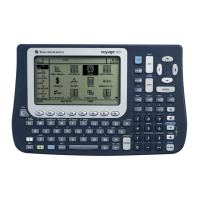
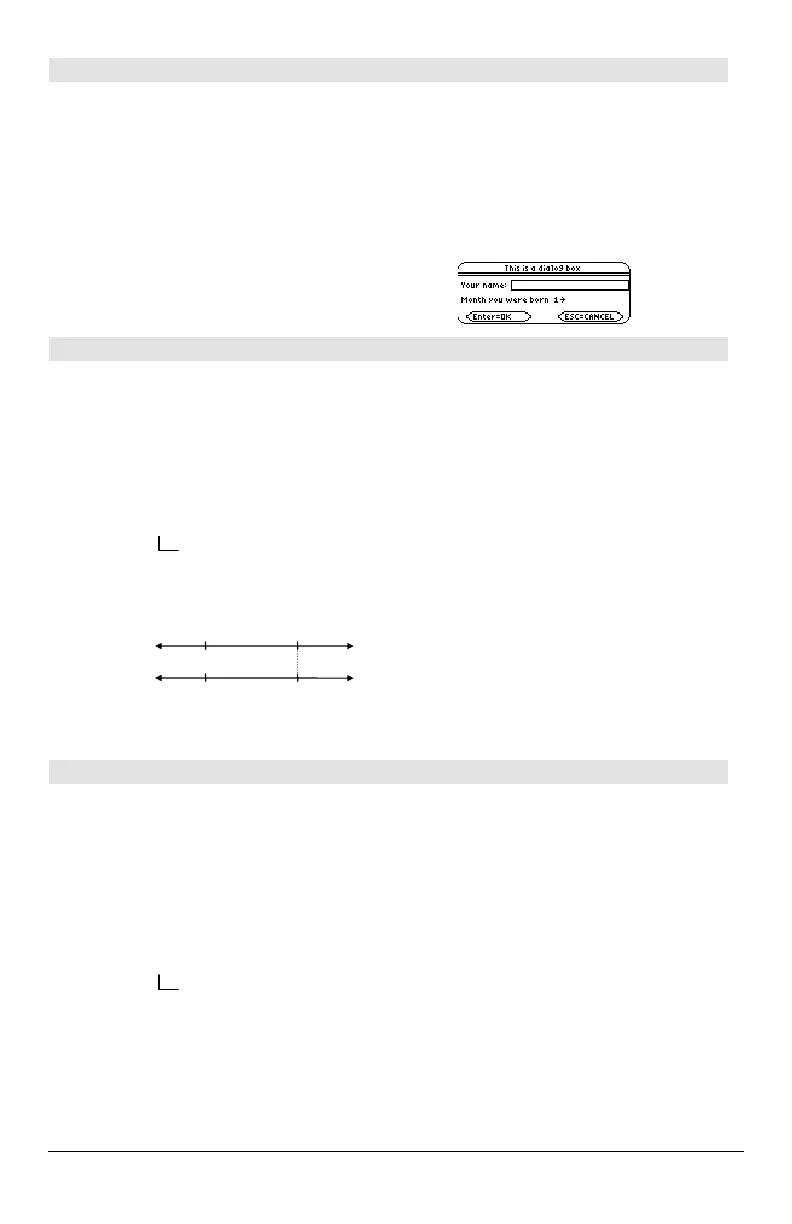